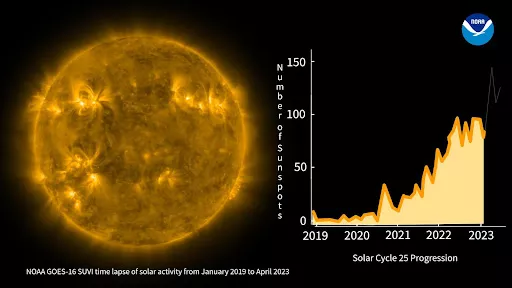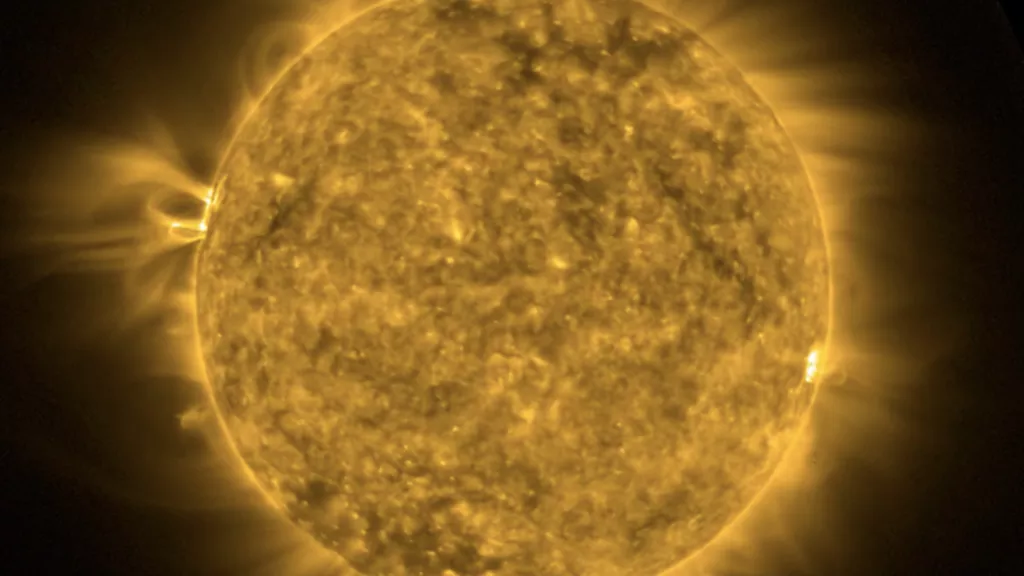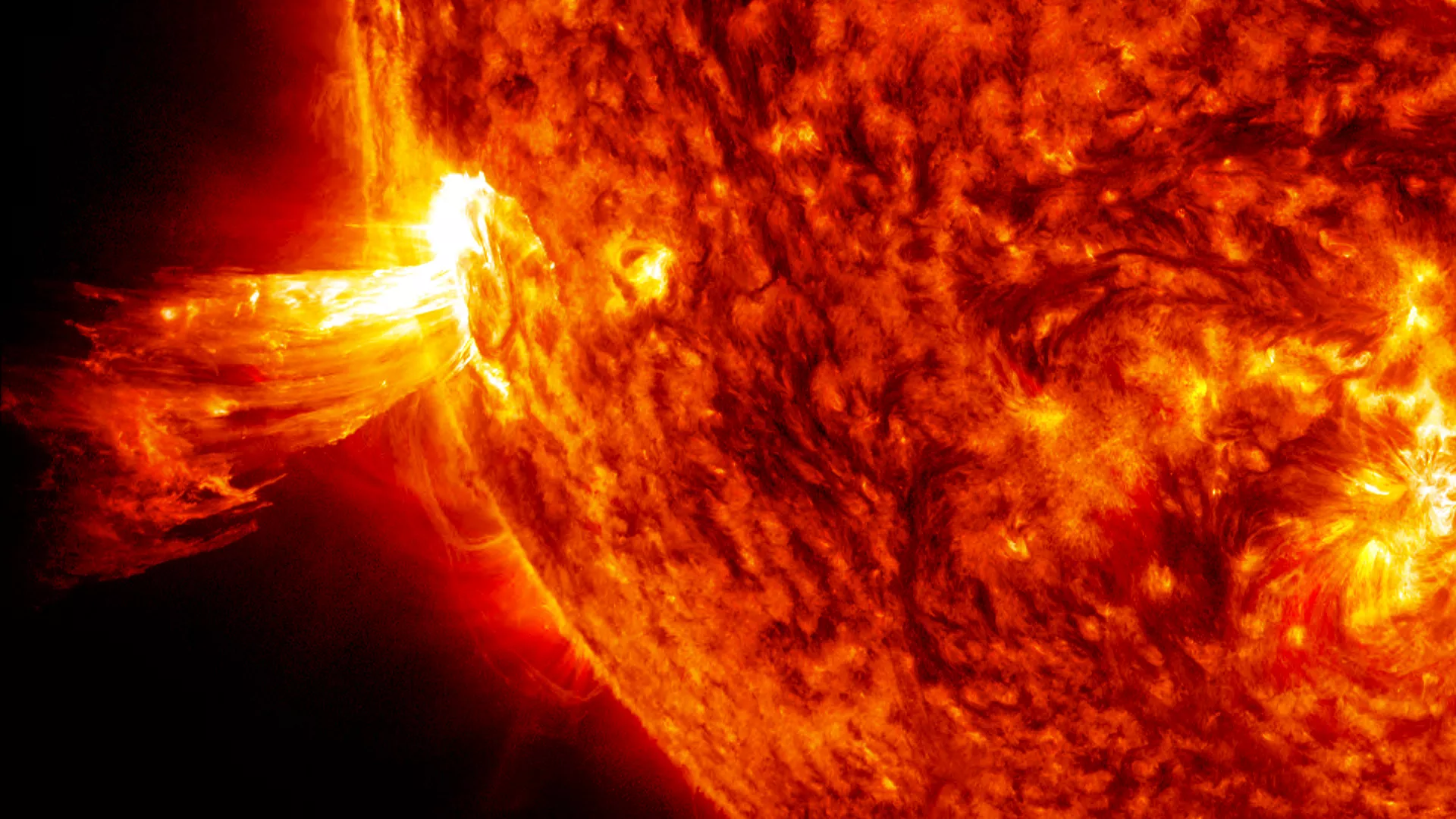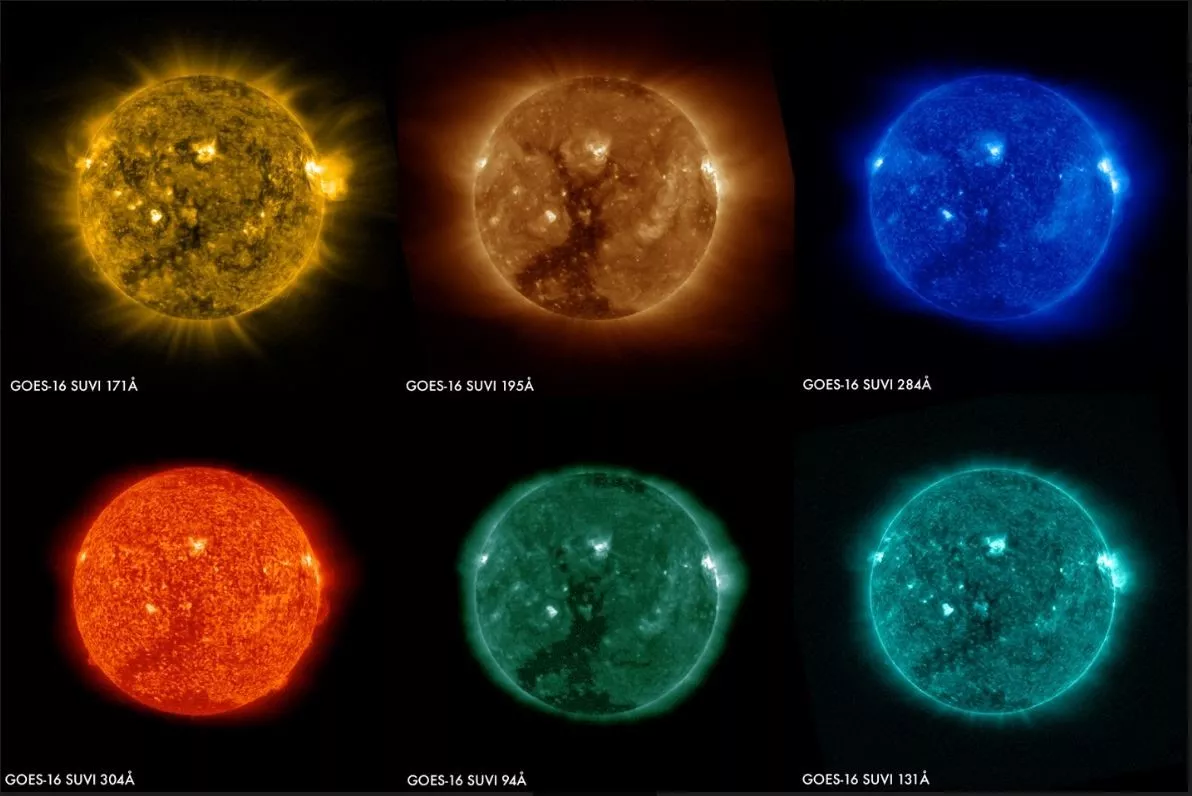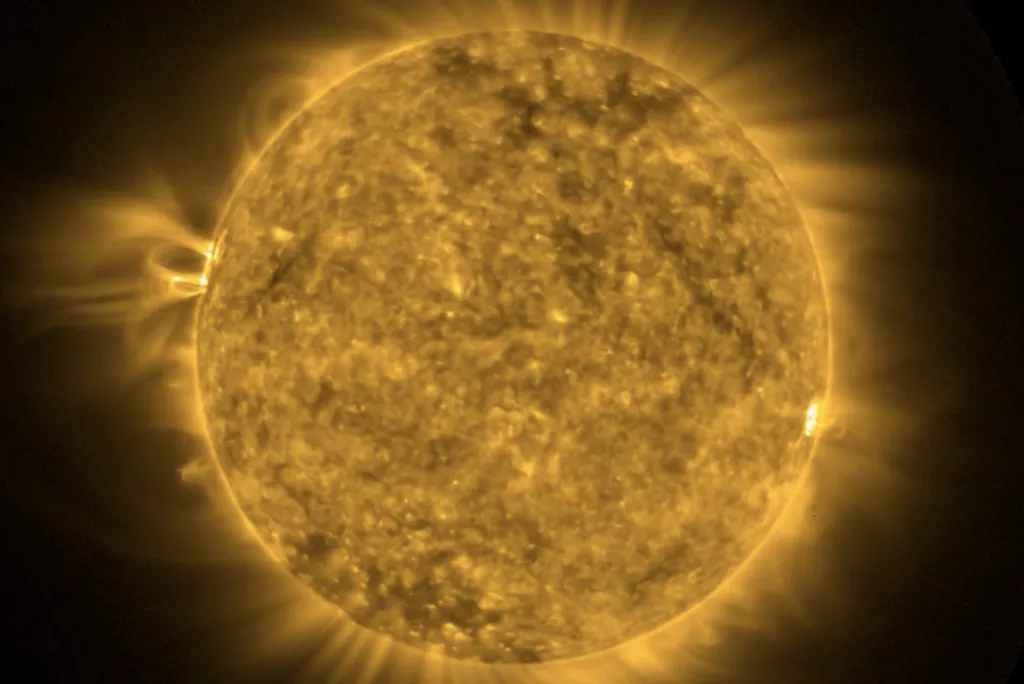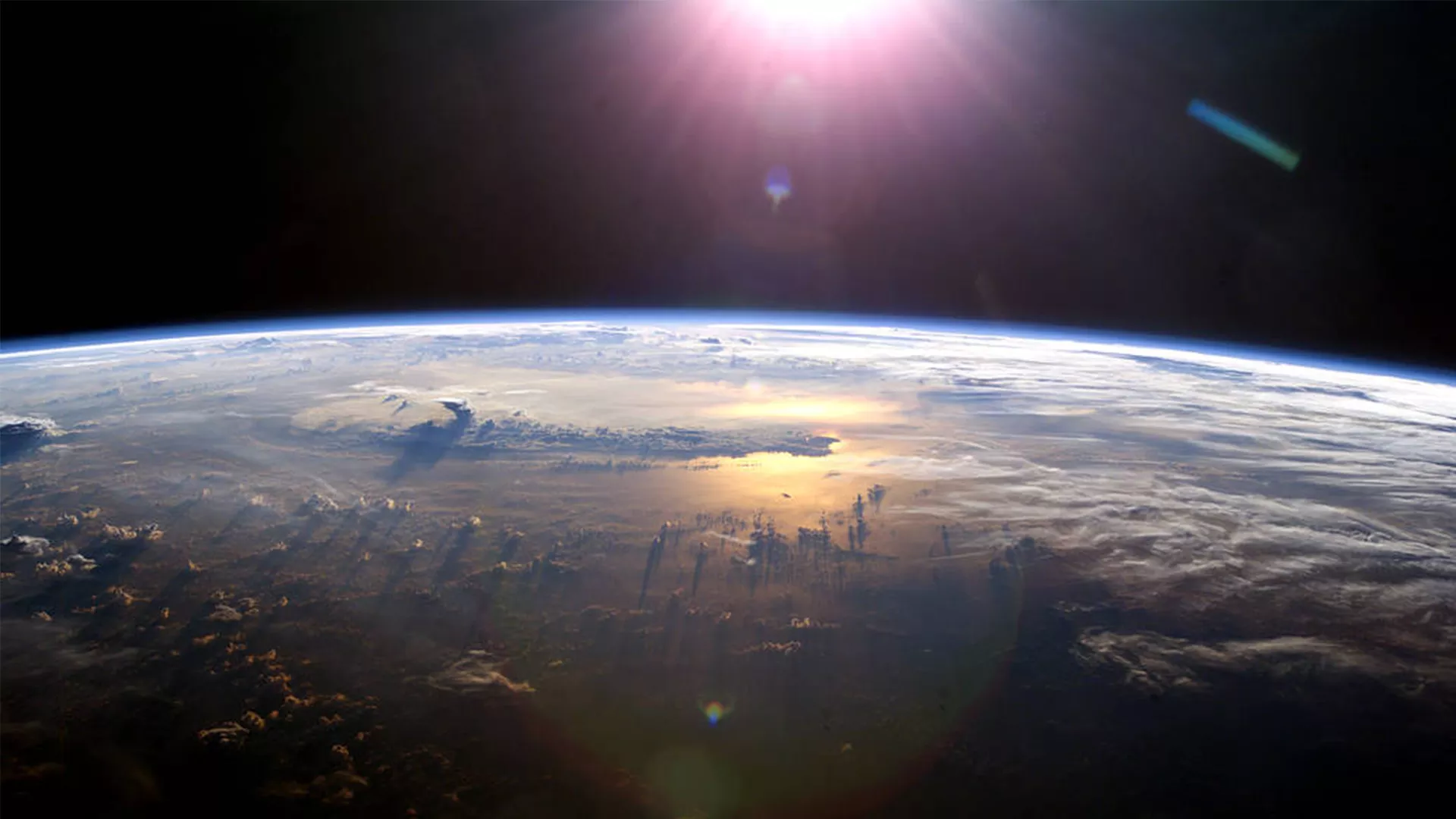
The National Environmental Satellite, Data, and Information Service (NESDIS) continuously monitors the conditions on the Sun and in the space environment around the Earth, using measurements collected by instruments on satellites operated by NESDIS and partners like NASA as well as ground-based instruments operated by USAF, USGS, and international partners.
The term “space weather” generally refers to conditions resulting from solar activity that can potentially affect Earth, our atmosphere, and the near-Earth space environment.
For the latest solar activity outlooks, forecasts, and Alerts, Watches and Warnings, please go to the National Weather Service Space Weather Prediction Center (SWPC).
Common Types
Observing the Sun
For the latest solar activity outlooks, forecasts, and Alerts, Watches and Warnings, please go to the National Weather Service Space Weather Prediction Center (SWPC).
More Articles
-
On May 29, 2020, NASA's Solar Dynamics Observatory captured the largest solar flare since…
-
This year, the vernal equinox occurs on March 19, 2020. The last time it occurred this early was in…
-
In 2019, the official start of fall—the Autumnal Equinox—was Monday, Sept. 23 at 3:50 a.m. EDT.
-
NOAA's GOES East saw the moon’s shadow as it moved west to east across South America on July 2…

